We spend so much time geeking out on the latest yixing teaware, fine porcelain, and gongfu set ups that sometimes we can forget the elegant simplicity, and eye opening flavor exploration that is iced tea.
Brewing iced tea at home is more than just a refreshing antidote to summer heat or soda-replacement. The format of iced tea actually provides a new perspective on our favorite teas, giving us a way to taste new flavors and textures that otherwise only show themselves at low temperatures.
What is the difference between iced tea and hot tea?
Well, obviously – one is hot and one is cold.
But what does that actually mean when it comes down to tasting?
Drinking hot tea is as much an aroma experience as it is a flavor experience. Steam, which is carrying the aroma of your tea in the form of volatile aromatic compounds, rises off of each cup and engages your nose before the tea ever reaches your taste buds.
Heat increases the likelihood of these compounds becoming vaporous, which allows the aromas to reach your nose and influence your tasting.

When you drink cold tea, the aromatic compounds do not vaporize at such a high rate, meaning less fragrance. With less aroma influencing your taste experience, you are free to perceive other aspects of a tea without being influenced or informed by aroma.
Specifically, flavor and texture become the stars of the show.
Texture, or mouthfeel, is much easier to perceive when drinking cold beverages, not only because it is not being covered up by the perception of aroma, but also because it is physically difficult to take a large sip of a very hot beverage. With a cold beverage, you can swirl the liquid around and take a large mouth full to experience the actual texture without worrying about burning your palate.
The two most popular methods are cold-brewed and flash-chilled.
In our side-by-side comparison of Anxi oolongs brewed hot and cold, we used the flash-chill method.
When we flash chill tea, we brew a double-concentration of tea in a gaiwan or brew basket. This can be done by either doubling the leaf or doubling the steep time of hot tea. Pour out the concentrated brew into a cocktail shaker or large glass full of ice and then stir or shake to cool down the tea quickly.
Finally, pour the cold tea into glasses of ice and enjoy.
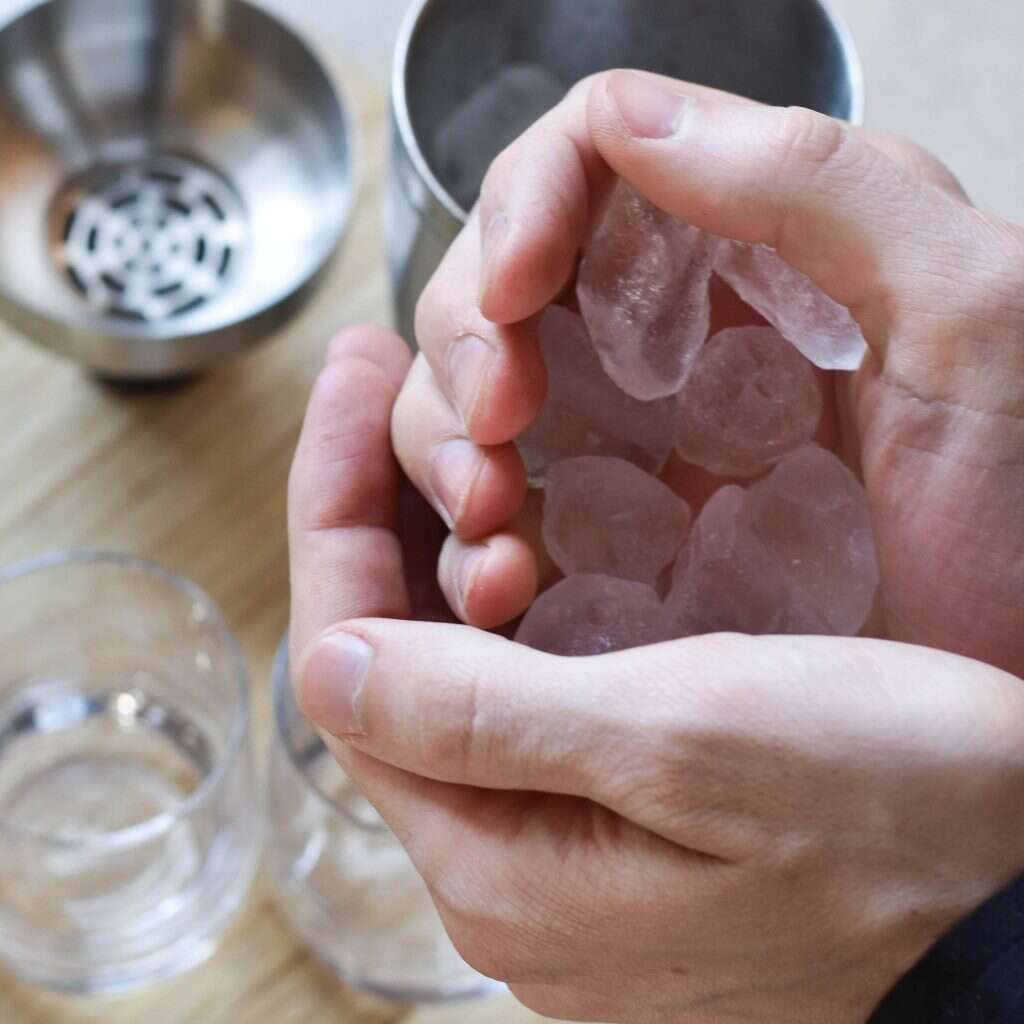


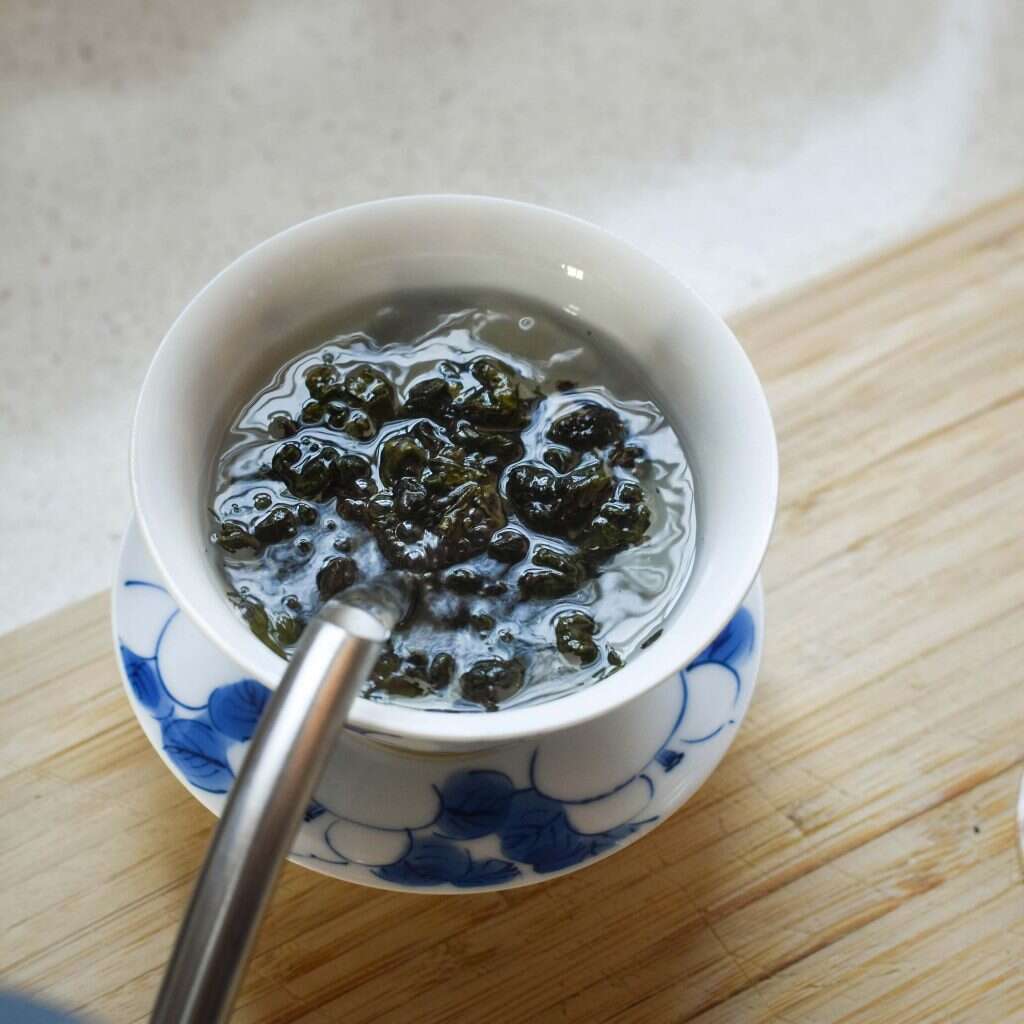

Anxi Oolongs: Hot vs. Cold
We decided to do a side-by-side comparison of some of the most aromatic teas out there to experience the difference between hot and iced preparation.
We picked out four of Master Zhang’s Anxi oolongs from the very green Anxi Mei Zhan to the deep aged 2005 Tieguanyin. We were thrilled by the results, seeing each tea in a completely different way than our typical hot brew in a gaiwan.
We started with Anxi Ruan Zhi, sometimes called “soft stem” oolong.
Brewed up hot, Master Zhang’s Ruan Zhi was full of deep green cut-grass notes, pineapple fruity qualities and a savory toasted sesame undertone. Violet notes started to come through in later steepings.
When we switched to flash chill brewing, that flicker of toasted sesame we experienced when hot-brewed completely dominated the tasting! The savory notes were highly exaggerated, almost to the point of tasting like a rich, umami-laden Japanese Genmaicha. The texture became more present in its creamy thick quality on the palate.



Next, we turned to Anxi Mei Zhan. Grown in both Wuyi and Anxi, the cultivar is easy to pick out because of its distinctively long leaves. Hot, the tea was well balanced with creamy undertones and a citrus flavor profile with an aftertaste of schisandra berry or licorice.
When we flash-chilled Mei Zhan, the tea became so much sweeter and outrageously creamy. The sweet creamy quality reminded us of condensed milk and the sweet tangy quality of high quality butter.



After such clear cut textural indulgence in flash-chilling greener oolongs, we moved to Master Zhang’s Original Tieguanyin Revival.
This tea is part of Master Zhang’s experiments in reviving an older processing technique in Anxi, and a tea that is partially oxidized for a less green flavor. Brewed hot, Original Tieguanyin Revival was full of tangy dark tamarind flavor, cinnamon, nutmeg and light caramel notes.
Flash-chilled, the tea was world’s apart, showing a deep rye bread savory sweet flavor with a juicier texture and pineapple aftertaste. Curiously, this tea had a stronger aftertaste cold than it did hot. With such a rich base flavor, iced Original Tieguanyin Revival would be great as the base to a cocktail or mocktail.



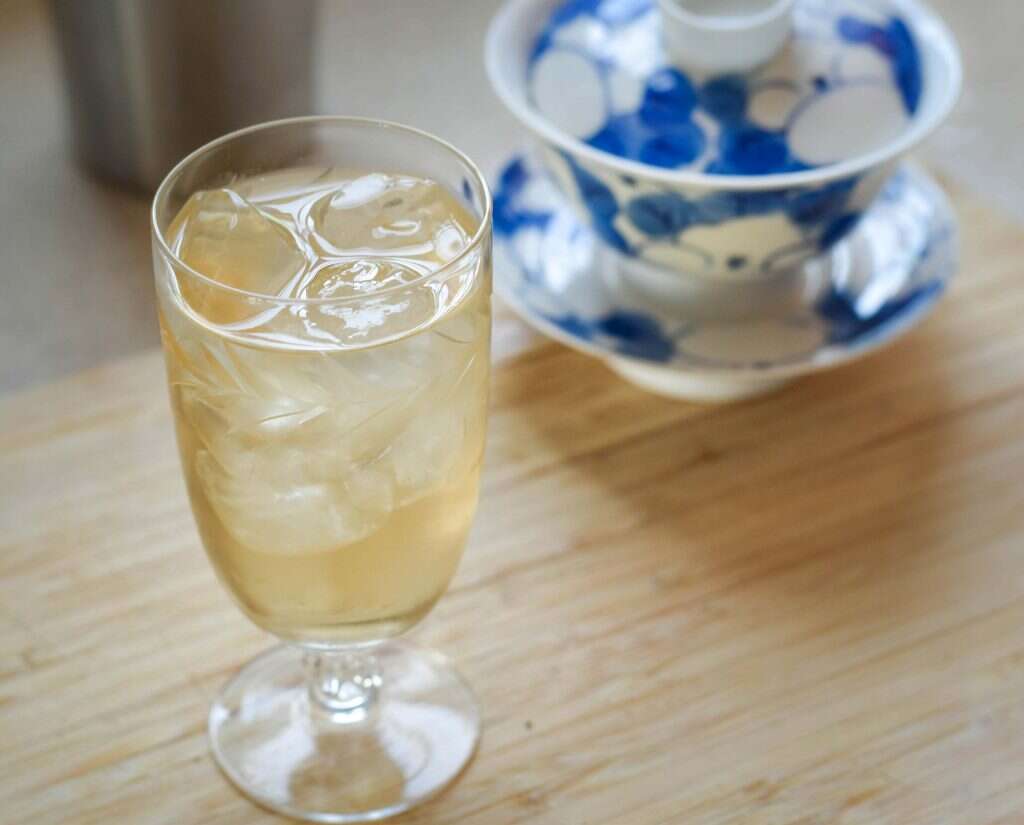
Master Zhang’s 2005 Aged Tieguanyin is a beautiful example of the complexity that aging can bring to Anxi Oolongs. Brewed hot, this tea is packed with rich elderberry flavor, aromatic sandalwood and a floral creamy vanilla undertone, all balanced by a dark, aged mossy-woody texture.
Flash-chilled, the 2005 Aged Tieguanyin tastes even older and more aged than it does hot! The iced tea’s emphasis on texture draws so much attention to the mossy-woody quality that it makes this tea seem like a 90’s oolong. In addition to the aged texture, the tea is even sweeter cold than hot, and shows off notes of camphor aftertaste.





After trying four extraordinarily aromatic teas cold, we were reminded how much more there is to tea besides aroma. Flash-chilling is a great vehicle to explore the flavor and texture dimensions of tea, and brought us new appreciation and understanding of old favorites.
With changing season and each new harvest, we’re reminded that there is always something new to learn about tea.
We hope this inspires you to experiment with enjoying some of your own favorite loose leaf teas in a new way!


 How To
How To Myths & Legends
Myths & Legends Travelogue
Travelogue Tasting Journal
Tasting Journal Talking Shop
Talking Shop Tea 101
Tea 101 Watch
Watch Teaware
Teaware News
News
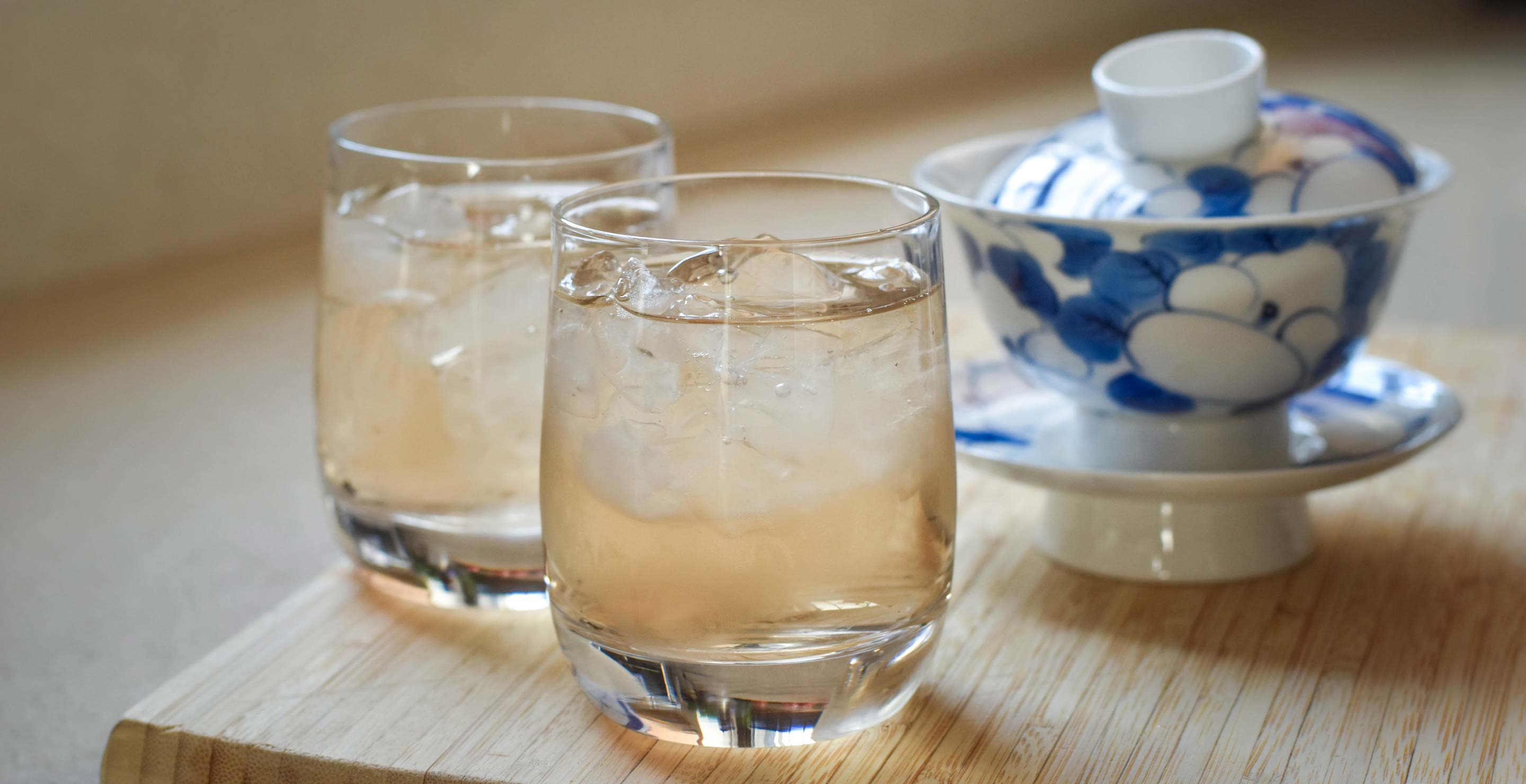





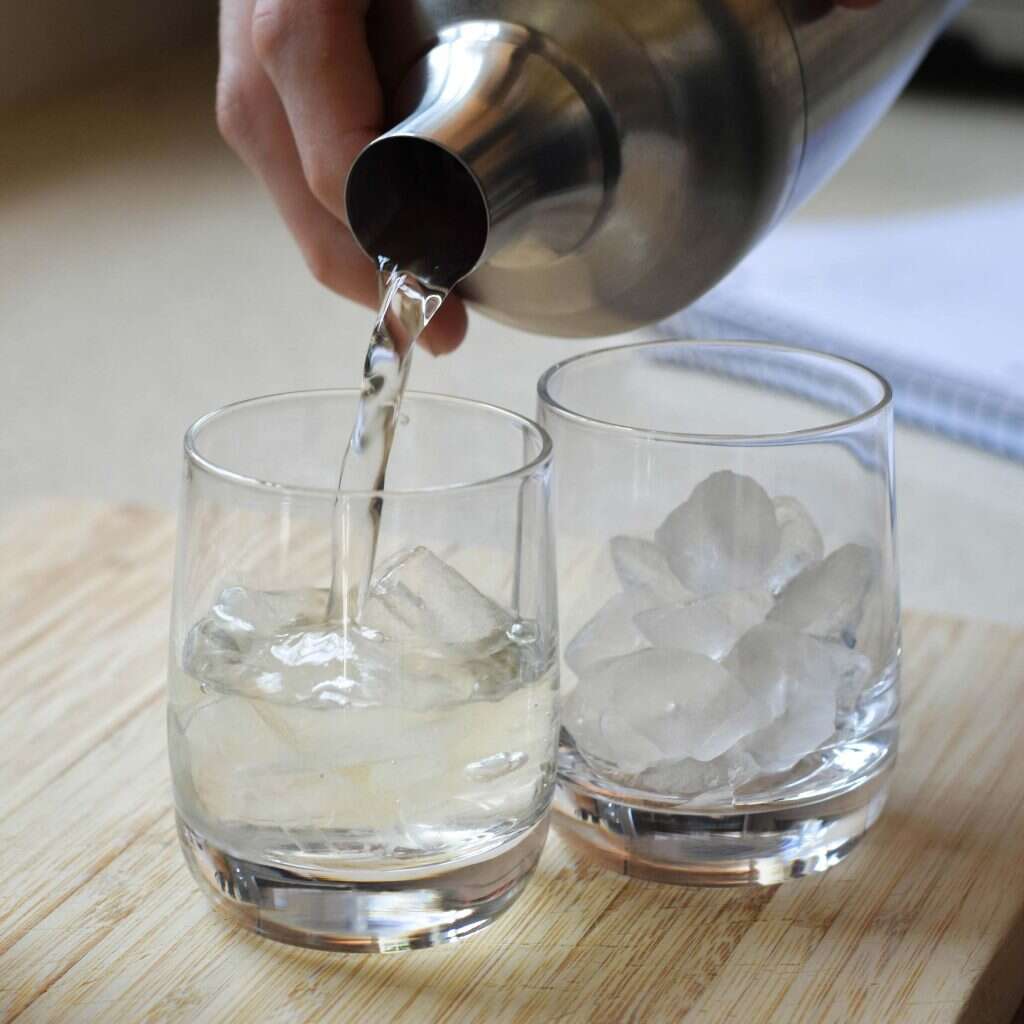

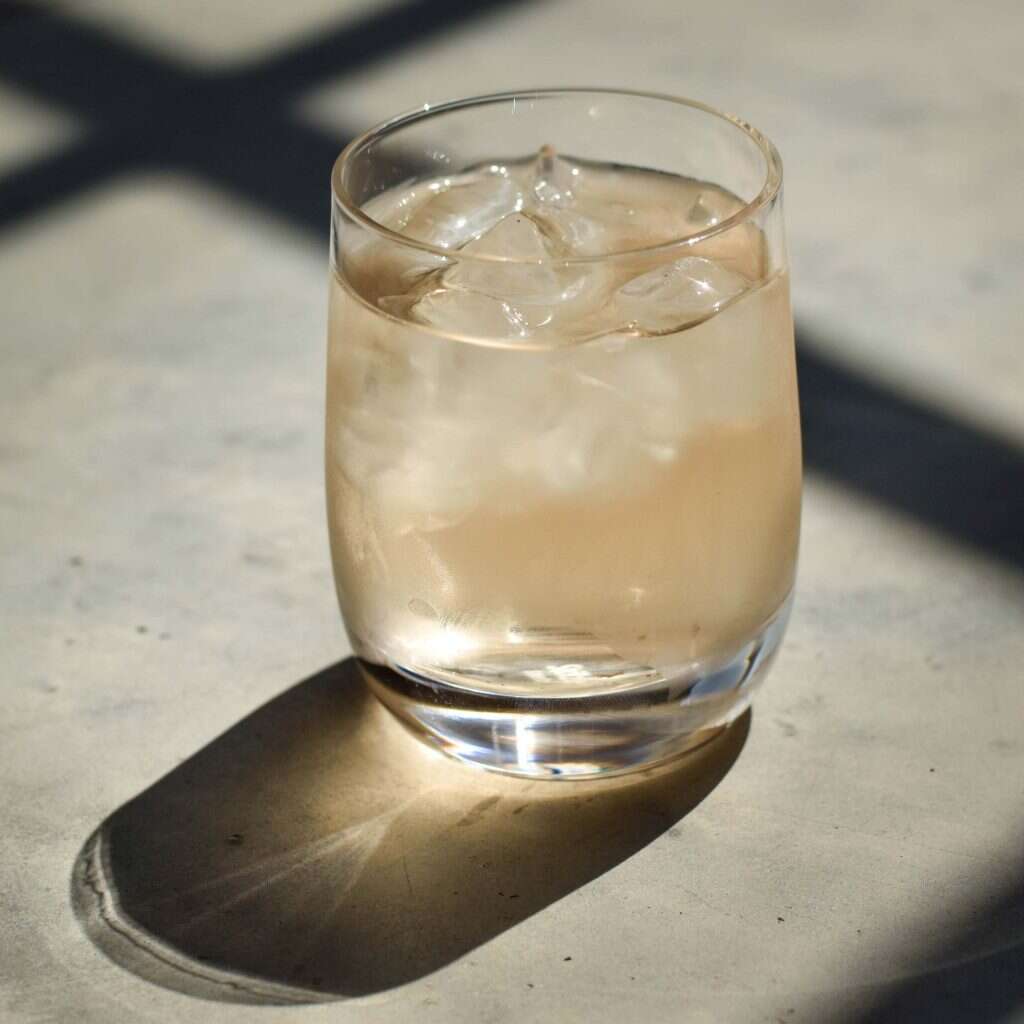
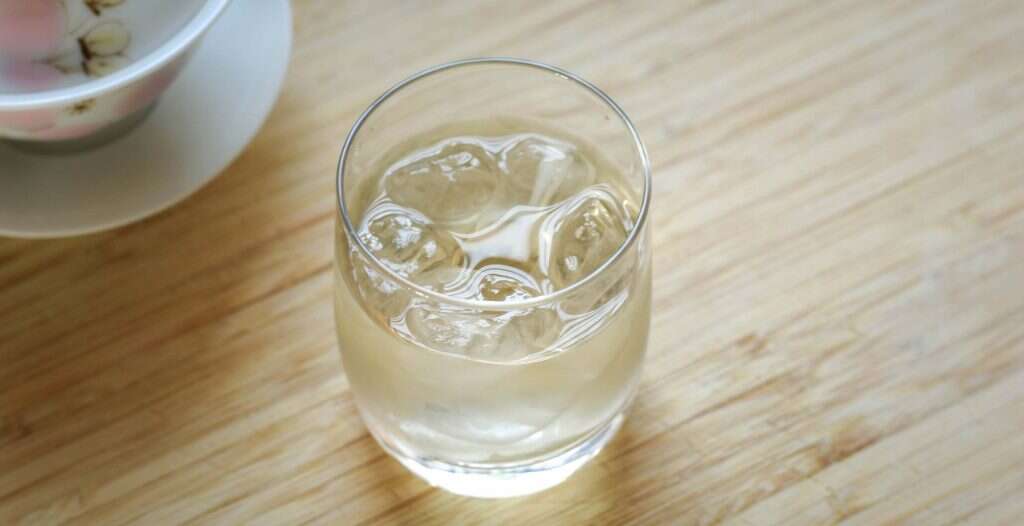
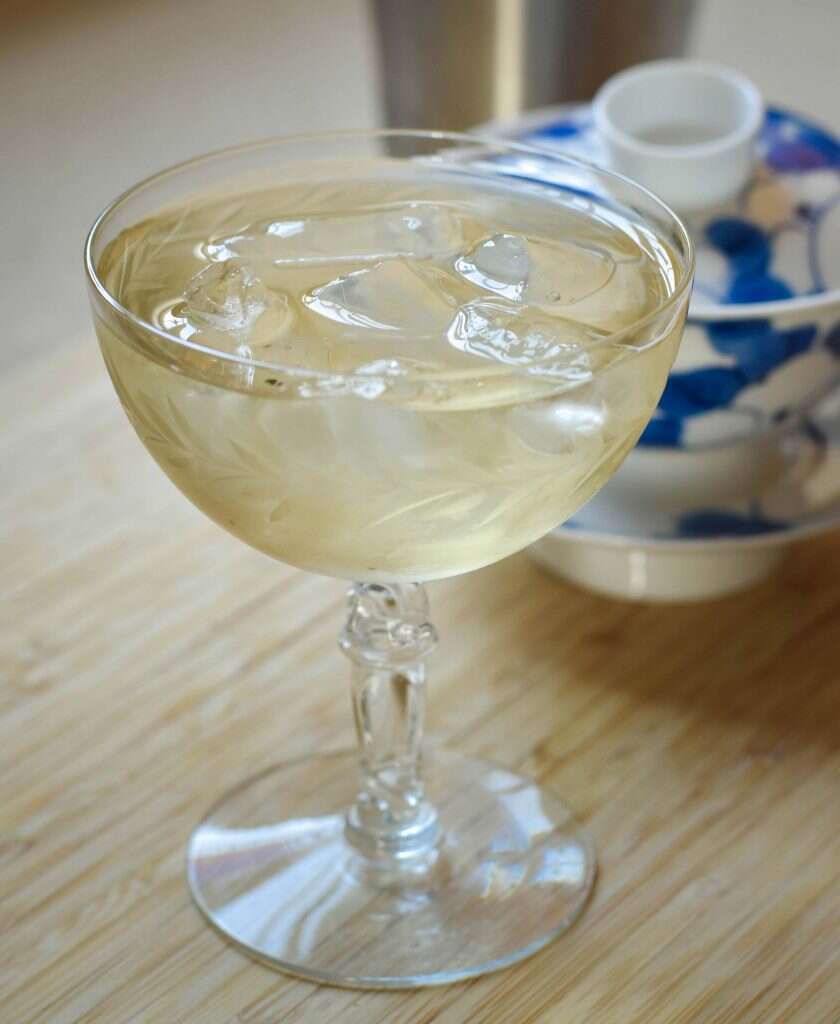


Leave a Reply
Thanks David! I love these articles that give me a new perspective on how to enjoy and savor teas. I also really enjoy this period we're in where we can enjoy teas anyway we want. Who cares what other say! Try, experiment, learn and share with each other all the wonderful ways that teas tickle our palettes!